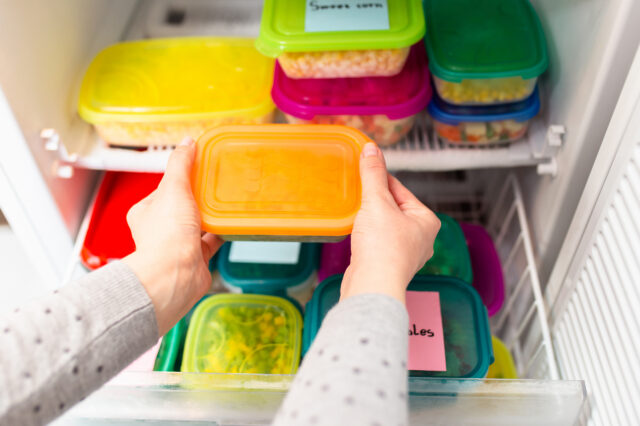Quarantine Cuisine: Keeping Your Food Safe
While being in control of your own food preparation has nutritional benefits, such as being able to manage the salt and sugar content of your recipes, you should be aware of basic food safety guidelines to help keep your family safe.

The COVID-19 pandemic has driven many of us to spend more time in a room we use every day, but sometimes don’t give much thought about: the kitchen. The need to maintain social distancing has required us to make the shift to more home-cooked meals. While being in control of your own food preparation has nutritional benefits, such as being able to manage the salt and sugar content of your recipes, you should be aware of basic food safety guidelines to help keep you and your family safe.
Can food or packaging transmit COVID-10?
First and foremost, there is no evidence that food or food packaging is associated with the transmission of COVID-19. Unlike foodborne gastrointestinal viruses like norovirus, which can make people sick through contaminated food, the virus that causes COVID-19 is spread mainly from person-to-person contact and through respiratory droplets. Unless you are sharing a plate of spaghetti, like in the movie “Lady and the Tramp,” your food is likely safe.
How long do leftovers last?
One of the more common causes of foodborne illness at home is the improper handling of leftovers. We have all opened our refrigerator and wondered to ourselves, “What did I put in this container?” If it has been longer than four days since you last placed that dish in the fridge, it is probably time to toss it out. The longer the leftovers remain the refrigerator, the greater chance they have of harboring bacteria that can make you sick. When you do decide to dive back into that casserole, be sure to reheat it to at least 165 degrees to kill any harmful bacteria. A probe food thermometer is an indispensable piece of kitchen equipment and is available in most major supermarkets and online.
How should I store food?
In terms of grocery shopping, it is important to keep cold foods cold, so refrigerate perishables quickly once you get home. Regardless of the pandemic, it is always a good idea to rinse fresh fruit and vegetables with water to remove dirt and debris and to reduce the levels of foodborne germs. You do not need to use soap to wash produce, nor is it recommended since any residue left behind can make you sick. As for food handling while shopping, gloves are not necessary, but if you use them, be sure to throw them away before you get back into your car.
If you do find yourself with an unexpected surplus of perishable food items, you will be glad to know that the freezer is your friend. Items placed in here are safe indefinitely. Food quality can start to diminish after a few months, especially for fruits and vegetables, but they are at least safe from spoilage. You can also refreeze meats that have been previously thawed without worries of foodborne illness. The quality may not be the same due to moisture changes with thawing, but provided the meat was handled properly, it can remain safe from disease-causing organisms.
Of course, handwashing is the first and best defense against the spread of foodborne illness, but by now you likely have your own 20-second theme song to get you through this task, so keep singing — and stay well.
More tips and resources on nutrition and food safety during the COVID-19 outbreak can be found here.